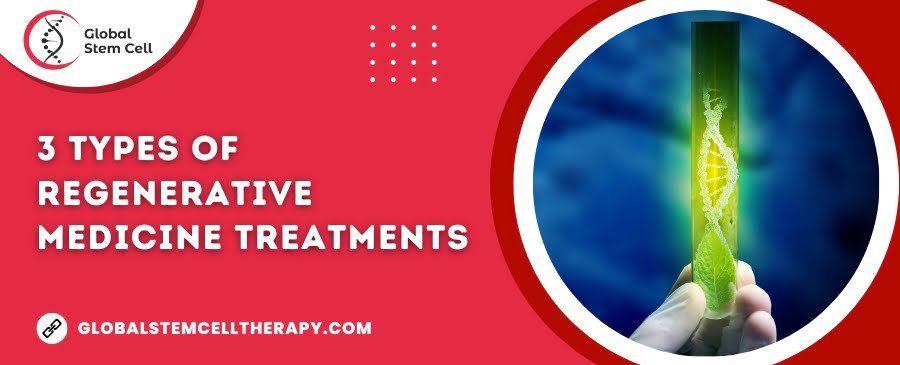
3 Types of Regenerative Medicine Treatments
Regenerative medicine is a rapidly growing field of medicine that has the potential to change the way that we approach many different types of injuries and conditions. This type of medicine aims to promote the body’s natural healing processes and to repair, regenerate, or replace damaged tissue and organs. There are several different types of regenerative medicine treatments, each with its own set of benefits and drawbacks. In this article, we will explore three of the most common types of regenerative medicine treatments: stem cell therapy, tissue engineering, and gene therapy.
Stem Cell Therapy
Stem cell therapy is one of the most well-known types of regenerative medicine. It involves the use of stem cells to replace damaged or diseased cells within the body. Stem cells are unique in that they have the ability to differentiate into a variety of different cell types, making them an ideal candidate for use in regenerative medicine.
There are two main types of stem cells that are used in stem cell therapy: embryonic stem cells and adult stem cells. Embryonic stem cells are taken from early-stage embryos and have the ability to differentiate into any type of cell in the body. Adult stem cells are found in mature tissue and have a more limited ability to differentiate.
The use of stem cells in regenerative medicine has shown great promise in the treatment of a wide range of conditions, including heart disease, spinal cord injury, and Parkinson’s disease. However, there are also a number of challenges associated with the use of stem cells in regenerative medicine, including the ethical concerns surrounding the use of embryonic stem cells and the difficulty in obtaining sufficient numbers of adult stem cells.
Tissue Engineering
Tissue engineering is another type of regenerative medicine that aims to repair or replace damaged tissue. This type of therapy involves the use of engineered materials to create new tissue that can replace damaged or diseased tissue in the body.
There are several different types of tissue engineering, including the use of scaffolds, growth factors, and cell-based therapies. Scaffolds are typically made from synthetic materials and are designed to provide a supportive structure for new tissue growth. Growth factors are substances that can promote the growth and differentiation of new tissue. Cell-based therapies involve the use of stem cells or other types of cells to create new tissue.
Tissue engineering has shown great promise in the treatment of a wide range of conditions, including wound healing, heart disease, and bone fractures. However, there are also a number of challenges associated with the use of tissue engineering, including the difficulty in obtaining the necessary materials and the risk of immune rejection of the engineered tissue.
Gene Therapy
Gene therapy is a type of regenerative medicine that involves the use of genes to treat diseases. This type of therapy involves the introduction of a new gene into the body to replace a defective or missing gene. Gene therapy has the potential to cure a wide range of genetic diseases, including cystic fibrosis, hemophilia, and sickle cell anemia.
There are several different types of gene therapy, including viral vector gene therapy and non-viral vector gene therapy. Viral vector gene therapy involves the use of a virus to deliver the new gene into the body, while non-viral vector gene therapy uses other methods, such as liposomes or nanoparticles, to deliver the new gene.
Gene therapy has shown great promise in the treatment of a wide range of genetic diseases. However, there are also a number of challenges associated with the use of gene therapy, including the difficulty in obtaining the necessary materials and the risk of immune rejection of the new gene.
Regenerative medicine is a rapidly growing field of medicine with the potential to change the way that we approach many different types of injuries and conditions. Stem cell therapy, tissue engineering, and gene therapy are three of the most common types of regenerative medicine treatments. Each of these treatments has its own set of benefits and drawbacks, and it is important for patients to carefully consider their options before undergoing any type of regenerative medicine treatment.
Regardless of the type of treatment, it is important to work with a qualified healthcare professional to determine the best course of action. A healthcare professional can help you to assess the benefits and risks of each type of treatment and to determine which type of treatment is right for you.
For more details about Regenerative medicine and Regenerative medicine clinics, Contact us today:



